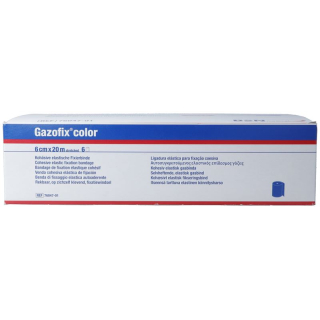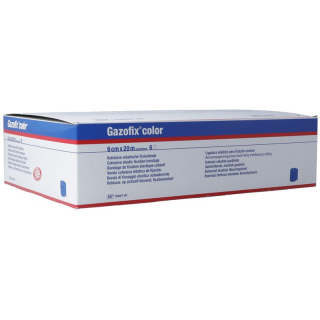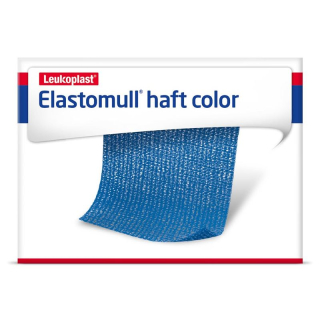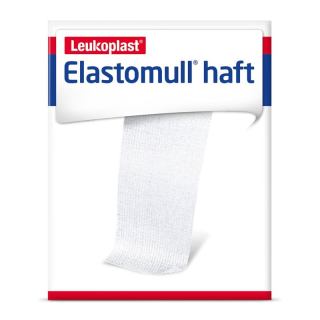Bandages Solid
(7 Pages)
Gazofix cohesive fixation bandage 6cmx20m pink latex-free 6 pcs
..
111.16 USD
Gazofix cohesive fixation bandage 6cmx20m green latex-free 6 pcs
..
110.03 USD
Gazofix cohesive fixation bandage 6cmx20m blue latex-free 6 pcs
..
110.03 USD
Gazofix cohesive fixation bandage 12cmx20m skin-colored, latex-free
..
34.20 USD
Gazofix cohesive fixation bandage 10cmx4m skin-colored, latex-free
..
9.79 USD
Gazofix cohesive fixation bandage 10cmx20m skin-colored, latex-free
..
28.46 USD
Flawa Nova Press fleece bandage 7.5cmx4.5m blue latex-free
..
14.20 USD
Elastomull haft color hospital 20mx8cm stretched red
..
29.05 USD
Elastomull haft color hospital 20mx8cm stretched blue
..
29.05 USD
Elastomull haft color hospital 20mx6cm stretched red
Elastomull Haft Color Hospital 20mx6cm Stretched Red Introducing the Elastomull Haft Color Hospital..
25.54 USD
Elastomull haft color hospital 20mx10cm stretched red
..
26.95 USD
Elastomull haft color hospital 20mx10cm stretched blue
..
26.95 USD
Elastomull adhesive elastic cohesive bandage 4mx12cm white 10 pcs
..
63.09 USD
Elastomull adhesive elastic cohesive bandage 20mx8cm white 6 pcs
..
101.28 USD
Elastomull adhesive elastic cohesive bandage 20mx6cm white 6 pcs
..
102.65 USD
(7 Pages)
Bandages are an essential medical supply used to wrap around wounds and injuries to protect them from further damage, prevent infection, and promote healing. While traditional bandages come in different shapes and sizes, bandages solid are specifically designed for immobilization and support of fractures, sprains, and other injuries.
Solid bandages, also known as plaster casts or casts, are made of a hard and durable material that can provide support and protection to the affected area. They are commonly used to immobilize a broken bone, prevent further movement, and promote healing by keeping the bone in place. Solid bandages can also be used to support and stabilize sprains, strains, and other injuries.
When choosing a solid bandage, there are several factors to consider. First, it is important to determine the size of the bandage needed. Solid bandages come in different sizes and lengths, and it is important to choose the appropriate size to ensure that it fits snugly around the affected area. A bandage that is too loose may not provide adequate support, while one that is too tight can restrict blood flow and cause additional discomfort.
Another important factor to consider is the material used in the bandage. Traditional plaster casts are made from a combination of plaster and bandage material, while newer casts may be made from fiberglass or other synthetic materials. Each type of material has its own advantages and disadvantages, and the choice of material will depend on the specific needs of the patient and the type of injury being treated.
It is also important to consider the level of flexibility required. Some solid bandages are more rigid than others, and the degree of rigidity needed will depend on the severity of the injury and the desired level of immobilization. A more rigid cast may be appropriate for a serious fracture, while a less rigid cast may be used for a minor sprain or strain. Solid bandages can be uncomfortable and restrictive, and it is important to choose a bandage that is as comfortable as possible. This may involve choosing a bandage that is lightweight and breathable, or one that has additional padding to prevent rubbing and discomfort.
In conclusion, solid bandages are an essential medical supply used to immobilize and support fractures, sprains, and other injuries. When choosing a solid bandage, it is important to consider the size of the bandage, the material used, the level of flexibility required, and the comfort of the patient. By taking these factors into account, healthcare professionals can ensure that the patient receives the appropriate level of support and protection for their injury.








